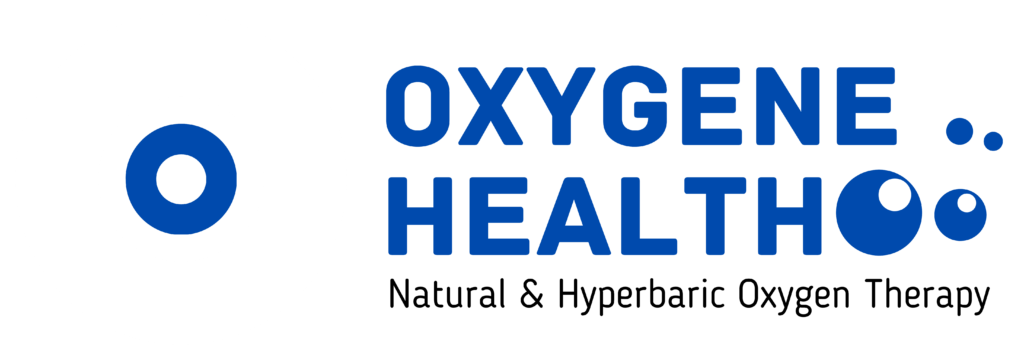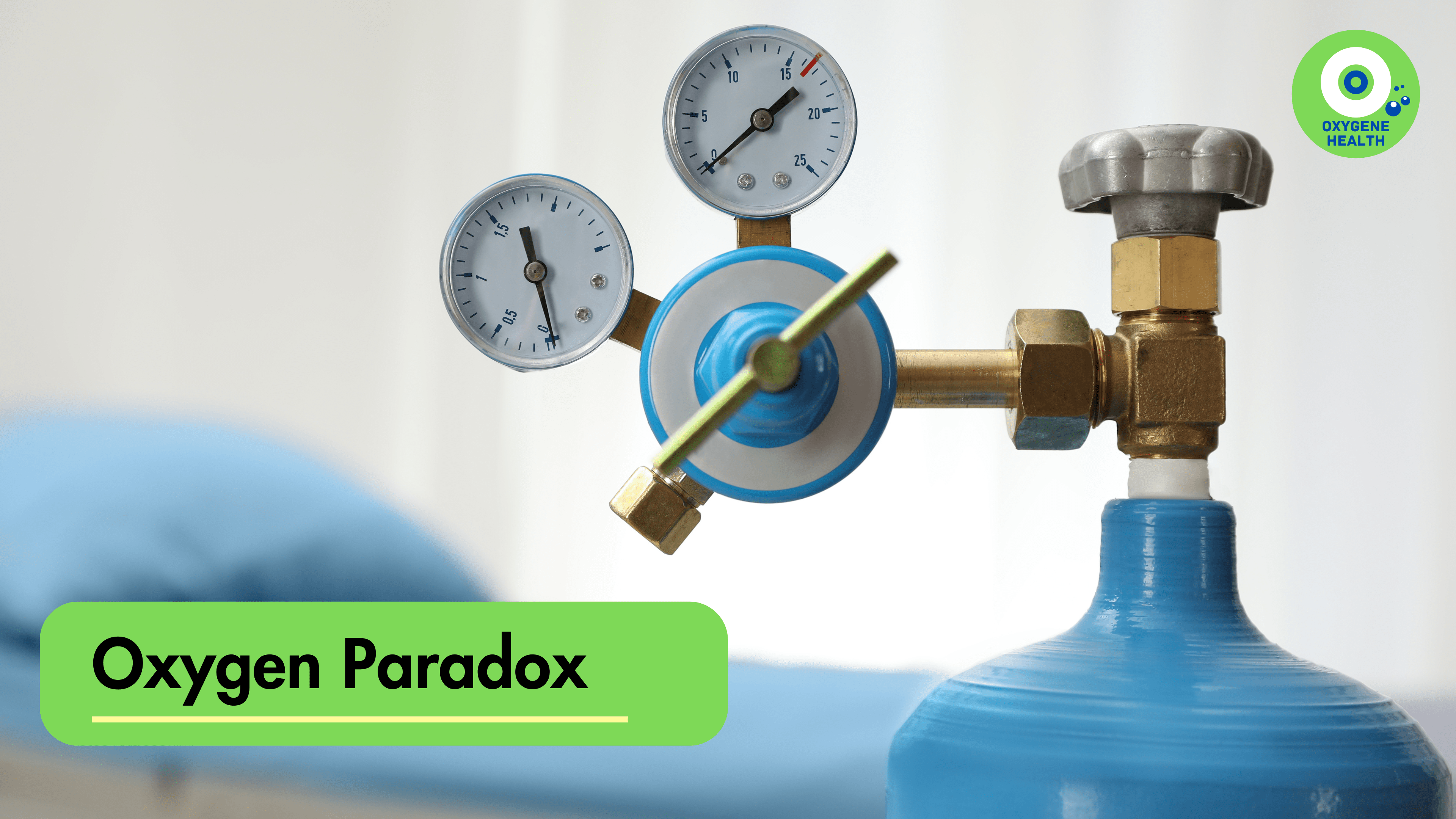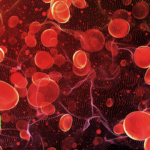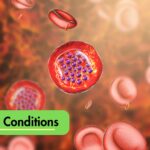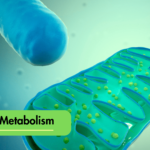Oxygen. It’s the breath of life, quite literally. We need it to survive, to thrive, to fuel the very essence of our existence. But what if your told that this essential element, upon which our lives depend, also harbours a dark side? Welcome to the intriguing paradox of oxygen.
The Gift of Oxygen:
Let’s start with the basics. Oxygen is indispensable for aerobic organisms like us. Through a complex dance within our cells known as cellular respiration, oxygen helps us convert nutrients into energy. This energy powers every aspect of our being, from the beating of our hearts to the firing of our neurons. Without oxygen, life as we know it would cease to exist.
The Shadow of Oxygen:
But here’s where things get interesting. While oxygen fuels our existence, it also possesses a darker side. Enter reactive oxygen species (ROS), the troublemakers of the cellular world. These highly reactive molecules are generated as byproducts of oxygen metabolism. Think of them as tiny sparks flying off a roaring fire. In small doses, they’re harmless. But when they accumulate unchecked, they can wreak havoc on our cells, damaging DNA, proteins, and lipids in a process known as oxidative stress.
Navigating the Tightrope:
So, how do we reconcile the dual nature of oxygen? It’s all about balance. Our bodies have evolved sophisticated defense mechanisms to counteract the harmful effects of ROS. Enzymes like superoxide dismutase and antioxidants like vitamin C swoop in to neutralize these pesky radicals, keeping oxidative damage in check. It’s a delicate dance, a high-stakes balancing act that our bodies perform every single day.
Implications for Health and Disease:
The oxygen paradox isn’t just a fascinating quirk of biology; it has profound implications for our health and well-being. Dysregulation of oxidative balance lies at the heart of numerous diseases, from neurodegenerative disorders like Alzheimer’s and Parkinson’s to cardiovascular ailments like atherosclerosis and heart failure. Even the aging process itself is thought to be intimately linked to oxidative stress.
Harnessing the Power of Oxygen:
But it’s not all doom and gloom. Understanding the oxygen paradox opens up new avenues for therapeutic intervention. Researchers are exploring antioxidant therapies, lifestyle interventions, and even novel oxygen-based treatments to combat oxidative stress and its associated diseases. By unraveling the mysteries of the oxygen paradox, we may unlock new strategies for promoting health and longevity in an oxygen-rich world.
Oxygen Paradox
This paradox highlights the dual nature of oxygen—it is essential for life as it serves as a crucial component in cellular respiration, enabling organisms to generate energy, but it can also be harmful due to its role in generating reactive oxygen species (ROS) and oxidative stress.
Note: Reactive oxygen species (ROS) describes a set of distinct molecular oxygen derivatives produced during normal aerobic metabolism
Here’s a breakdown of the paradox:
- Essential for Life: Oxygen is indispensable for aerobic organisms. Through the process of cellular respiration, oxygen serves as the final electron acceptor in the electron transport chain, allowing organisms to produce adenosine triphosphate (ATP), the primary energy currency of cells. Without oxygen, aerobic organisms would not be able to generate sufficient energy to sustain life.
- Oxidative Stress and Damage: While oxygen is necessary for energy production, it can also lead to the formation of ROS during cellular metabolism. ROS, such as superoxide radicals, hydrogen peroxide, and hydroxyl radicals, are highly reactive molecules that can damage cellular components like lipids, proteins, and DNA. This oxidative stress can contribute to various diseases and aging processes.
- Balancing Act: Organisms have evolved intricate systems to maintain a delicate balance between utilizing oxygen for energy production and minimizing the harmful effects of ROS. Antioxidant defence mechanisms, such as enzymes like superoxide dismutase and molecules like glutathione, help neutralize ROS and protect cells from oxidative damage.
- Implications for Health and Disease: Dysregulation of the balance between oxygen utilization and ROS production can have significant implications for health. Conditions characterized by excessive ROS production and oxidative stress, such as ischemia-reperfusion injury, neurodegenerative diseases, cardiovascular diseases, and cancer, underscore the challenges of managing the oxygen paradox in biological systems.
Impacts of oxygen paradox
The “oxygen paradox” refers to a phenomenon observed in certain medical conditions, particularly in ischemia-reperfusion injury, where the reintroduction of oxygen to tissues following a period of oxygen deprivation (ischemia) can exacerbate tissue damage rather than promoting healing. This paradoxical effect occurs due to the generation of reactive oxygen species (ROS) during reperfusion, which can cause oxidative damage to cells and tissues, leading to inflammation and further injury.
The oxygen paradox has significant implications in various medical contexts, including myocardial infarction, stroke, organ transplantation, and other ischemic conditions. Researchers are actively studying strategies to mitigate the detrimental effects of reperfusion injury, such as antioxidant therapy and preconditioning techniques, to improve outcomes in these conditions.
The impacts of the oxygen paradox can be significant and may vary depending on the specific context in which it occurs. Some of the key impacts include:
- Tissue Damage: The oxygen paradox can exacerbate tissue damage, particularly in cases of ischemia-reperfusion injury. Reactive oxygen species (ROS) generated during reperfusion can cause oxidative stress, leading to cellular damage and tissue injury.
- Inflammation: Oxidative stress induced by the oxygen paradox can trigger inflammatory responses, further contributing to tissue damage and dysfunction. Inflammatory cascades initiated during reperfusion can exacerbate the injury and impair tissue healing.
- Organ Dysfunction: Ischemia-reperfusion injury resulting from the oxygen paradox can lead to organ dysfunction and failure. This is particularly relevant in conditions such as myocardial infarction, stroke, and organ transplantation, where reperfusion injury can compromise organ function and patient outcomes.
- Impaired Recovery: The oxygen paradox may impede the recovery process following ischemic events or surgical procedures involving reperfusion. Prolonged tissue damage and inflammation can delay healing and recovery, increasing the risk of complications and adverse outcomes.
- Treatment Challenges: Managing conditions associated with the oxygen paradox presents challenges for healthcare providers. Strategies to mitigate reperfusion injury, such as antioxidant therapy and preconditioning techniques, may be necessary to minimize tissue damage and improve patient outcomes. However, developing effective treatments requires a thorough understanding of the underlying mechanisms and careful consideration of potential side effects.
In summary, the oxygen paradox encapsulates the inherent dualism of oxygen—it is vital for sustaining life through energy production, yet it poses a threat due to its potential to induce oxidative stress and cellular damage. Understanding and managing this paradox is crucial for maintaining cellular homeostasis and promoting health and longevity in aerobic organisms.
Overall, the impacts of the oxygen paradox underscore the importance of targeted interventions to minimize reperfusion injury and optimize patient care in ischemic conditions and surgical procedures involving reperfusion. Ongoing research aimed at elucidating the mechanisms underlying the oxygen paradox and developing novel therapeutic approaches is crucial for improving outcomes in affected patients.
So, the next time you take a deep breath of that life-giving oxygen, remember its dual nature—the gift and the shadow, the yin and the yang. Embrace the paradox, for within its depths lie the secrets of life itself.
